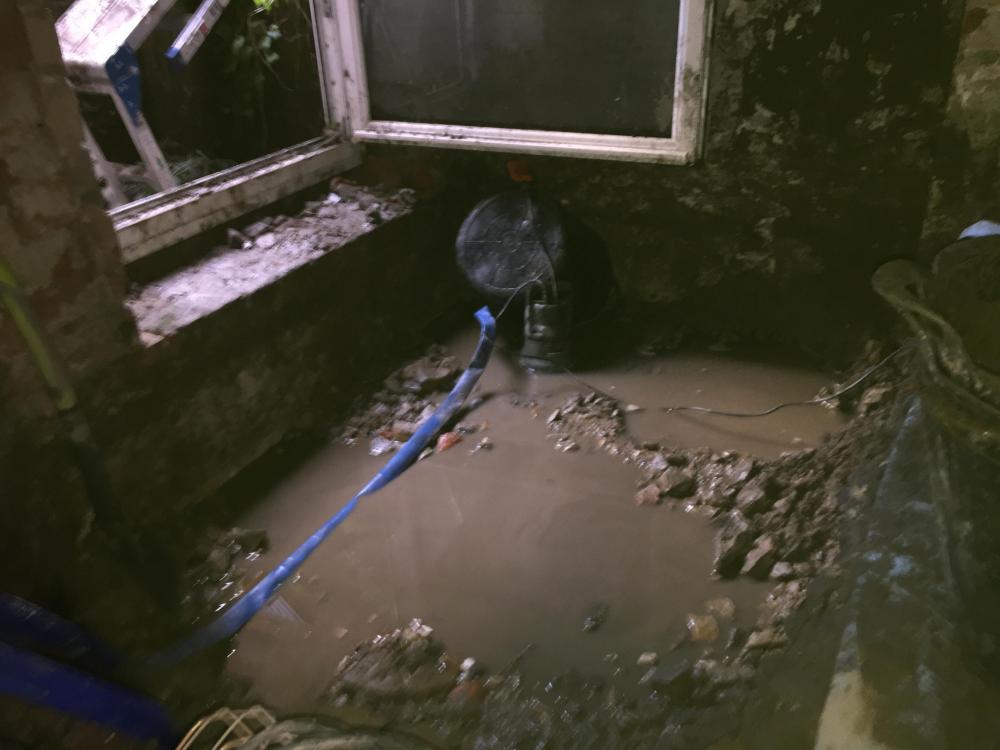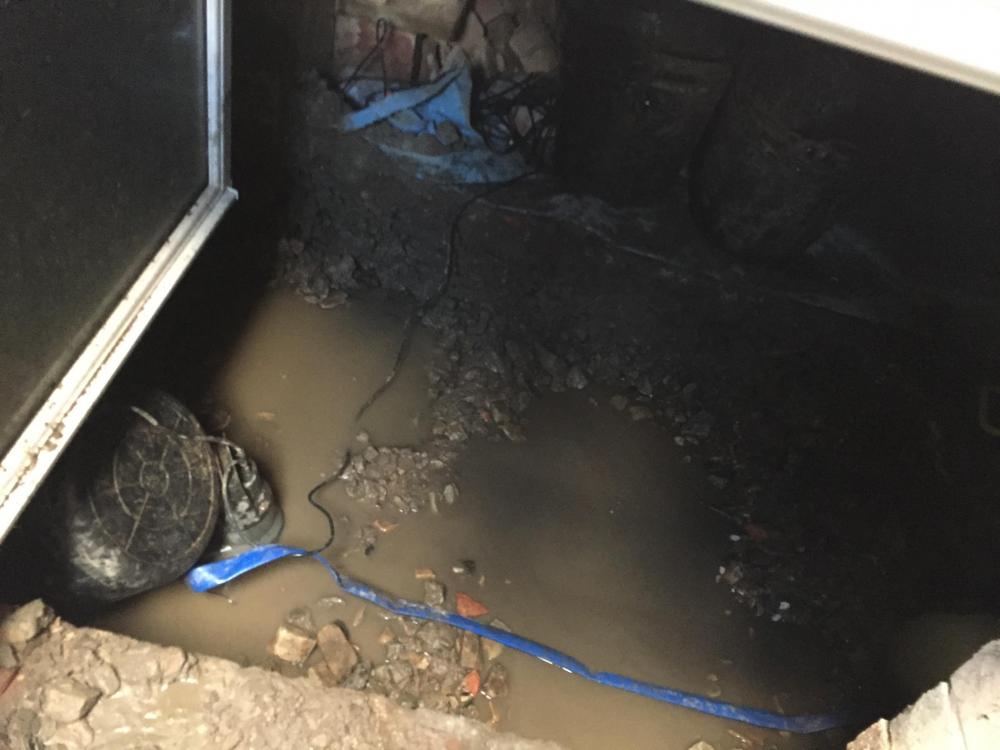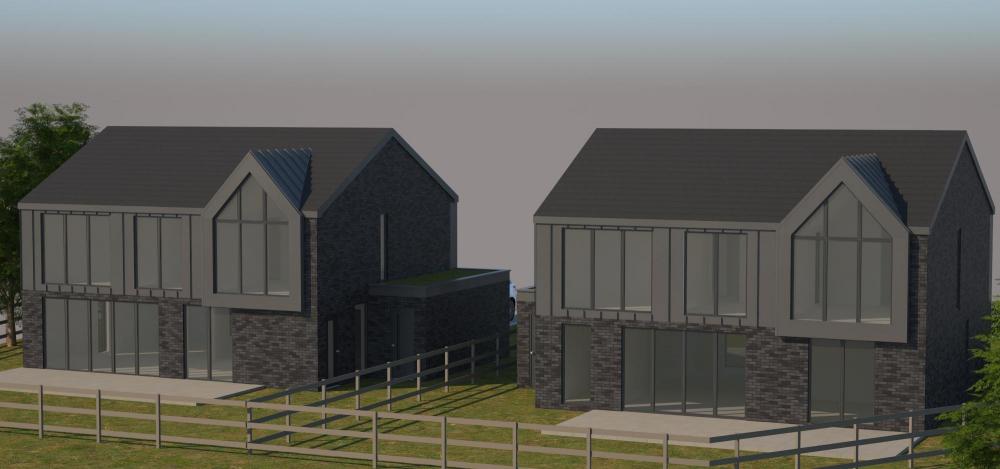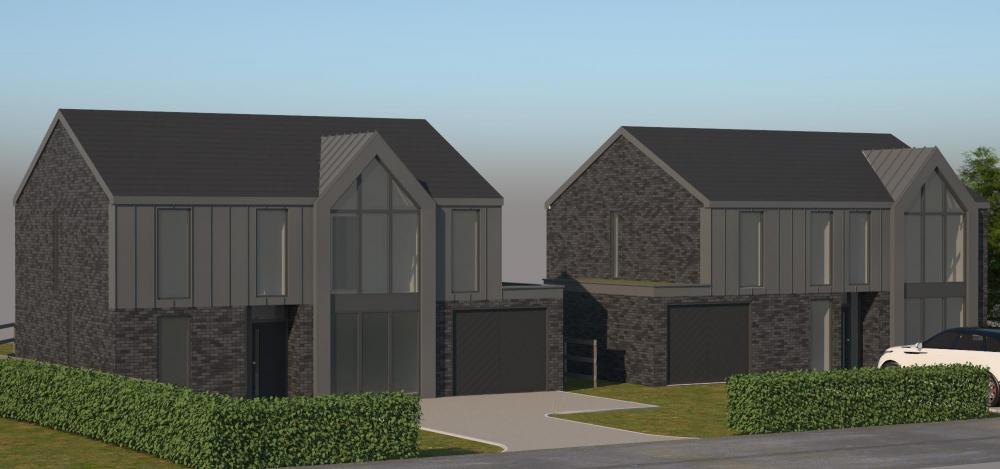-
Posts
14 -
Joined
-
Last visited
Personal Information
-
About Me
I am a Property Developer and 3D Architectural Designer based in Lytham St Annes.
-
Location
Lytham
Recent Profile Visitors
The recent visitors block is disabled and is not being shown to other users.
MattSu's Achievements

Member (3/5)
5
Reputation
-
Some interesting points here. Investigating the cause of the water is a good point. Our house has 4 main down pipes from the gutters, and only one of these runs off to a drain, and I have no idea how effective that drain is. So there could be issues arising from that. The idea that water maybe escaping from a near by main is an interesting one, but not something which would be easy to detect I reckon. Someone mentioned a property value of £5000 per sqr meter for a cellar conversion to be worthwhile. That's an interesting figure, but I wonder how that has been derived. We are not quite in that price bracket, although it is questionable whether it would fall into that value after the work is completed. I've seen estimates for cellar work to cost between £1,500 -£2,500 per sqr meter. However I'm very hands on and could certainly tackle the fitting out work myself. There is no doubt there is cheaper ways of extending this property, a loft conversion for one. However, we would gain more use from a space below ground. I'd like a sound proof space for making music at night, the kids would benefit from more space to relax, and we could demolish an aging garage which takes up half our outside space, by moving the contents under the house. So doubling the garden size I'm sure would impact the value of the property, but then so might removing the garage, as we have no off-street parking.
-
I live in a 1890's property which has a cellar with a substantial foot print ~95sqm. It looks like historically is has been partially filled in with rubble and the head clearance to the top of the rubble is probably around 4ft, but I have spoken to previous occupants of the house who have talked about the cellar being taller. About 5 years ago, I decided to try and excavate an area of the rubble to see where the made floor was, I must admit it was one of the most laborious days work in my life. Working in the reduced head height, lifting the sludge up to ground layer and dealing with a backfill of muddy water was back breaking! I eventually managed to find the stone flags and I would say that there is probably just under 6ft of head clearance. Since leaving the hole, it is has filled up like pond! There are a number of considerations for me, firstly, it seems very damp down there, and presumably that is the historic reason for the addition of the rubble, however neighbour's have stated that there cellars are dry, or have been successfully converted. I wonder if there is a certain amount of water trapped in the fabric of the cellar. The other main consideration though is achieving an ample amount of head height down there. The ground floor ceilings in our home are over 3m, so the idea of having a pokey basement with a low ceiling would not suit the character of the house, but I have a reasonable understanding of the implications of digging below the footings and underpinning the house. I have estimated that there would be around 60linM of underpinning to carry out if we were to go down further. Is this extremely costly procedure? House prices around here have sky rocketed, the basement would add 50% extra space to an already spacious house, but is it economically viable? I spoke to a specialist basement company before I dug my trial pit, but he was unhelpfully vague about the costs.
-
Well, last week I took the difficult decision to pull out of a land purchase for two plots, in part because of the material prices and labour shortages. It's impossible to plan a project when prices are inflated and no one knows when it's going to stop. Just too risky.
-

Chasing pipes into the wall and structural integrity
MattSu replied to Water's topic in General Self Build & DIY Discussion
I personally wouldn't have gone that route, I would have just surface mounted the pipes and boxed them in. Vertical chases are one thing, I wouldn't be too happy about a horizontal chase like that. How deep is it? Looks like a 32mm pipe can easily fit in it? I wonder how much brick is left! -

Adding Value and Discerning Buyers
MattSu replied to MattSu's topic in General Self Build & DIY Discussion
I think there is a misunderstanding on what I am asking. I am not looking for tips to maximise profit by completely passing over contemporary design in favour of a producing a twee country cottage, however desirable they maybe to some, I have absolutely no interest in following that design path. What I am trying to focus on, is whether the people out there who favour contemporary design, would pay a premium or value certain material/architectural details and specifications, because there is a shortage of that type of housing in this area. So far the consensus (rather surprisingly for the self build community) seems to be no?! -
The planning condition has a DER of 19% over TER, so while it is not specifically stating the sustainability code, it is implied by the planning condition. (at least that's my understanding of it).
-
I am in the pre-application stage of designing and building a couple of houses, and I'm curious as to people's views on the value they place on certain architectural design and building specifications. I realise that there will be many self builders on this forum which will no doubt skew the opinions some what, however I am building with a view to sell on, and while my bottom line is important, given their rural location, I anticipate that the market for these properties will only appeal to a certain type of buyer anyway. I am looking at sustainable technologies such as PVs, Air Source Heat Pumps, Green Roofs, as well as details such as underfloor heating, polished concrete floors and standing seam cladding to name but a few. All of these items seem to come at a premium and I'm wondering whether there are discerning buyers out there who would value these features enough, to pay a premium for them, or whether these features are the preserve of self builders who can cherry pick the spec ones they really want. I understand that these features may make the properties more saleable, but to be honest in most cases they are so expensive that saleability alone won't justify their cost. Anticipating the final value of these properties is proving to be very difficult, because of their rural location (rural outskirts of Preston) and also because of the design. There seems to be very few comparable properties on the market. The only new builds are housing estates by national house builders, but they are around 4-5 miles away and I believe these to be an entirely different proposition. What I am very mindful of though, is over spec'ing these properties. So far local estate agents have not been very forthcoming with valuations and even so they seem to have no grasp on what constitutes a sustainable home for instance. They seem more concerned about number of bedrooms, but is this only what the public cares about? A4 Type 2 4 Bed House.pdf
-
Do you care to expand on that, why is it not viable? Isn't it just a question of detail in terms of planning?
-
MattSu changed their profile photo
-
What about prefabrication? I am wondering if given the current uncertainties with labour and materials, whether getting more done offsite would remove some of the cost and construction risks and not increase them? What's your experience of this?
-
I'm just at the pre-planning, plot buying stage. But what concerns me on this development is the uncertainty of the completed property value, and how that is offset over some of the unknown costs. Because the plots are in a rural location, there is no gas supply, and a requirement for them to be at least Code 4 homes, so I'm unfamiliar with some aspects of this type of build such as heating/recovery systems, PVs, electric charging points (and their costs), but also the potential for let say just a 10% uplift in building material and labour costs, would pose a big problem for me. Because I will require substantial borrowing to complete this project, something I've never had to rely on before, I would like to structure the project so that it can be completed very quickly, so I'm looking at methods such as beam and block and SIP construction. But if it turns out these building methods are unpredictable in the short term, I may need to reconsider the whole development viability.
-
Hello I'm new to the forum and have been reading posts with interest. Just how serious is the current price hike and material shortage? I am in the process of buying two building plots to develop and sell on, and I have to say the current headlines are very alarming. Having built in brick and block before, I was starting to consider the timber frame or sips route, as all my headaches seem to come from dealing with bricklayers; but having seen figures such as 80% increase in timber being bounded about, it makes for sobering reading. When I was finishing off a property renovation late last year, we couldn't get hold of finish plaster for love nor money, is the situation still this bad but across the board now? Is there an argument for choosing less mainstream materials to carry out the build, rather than relying on the staples, or is it a raw materials problem which will affect everything? My plan today is to start speaking with timber frame suppliers and working through my costings to see what's what.






